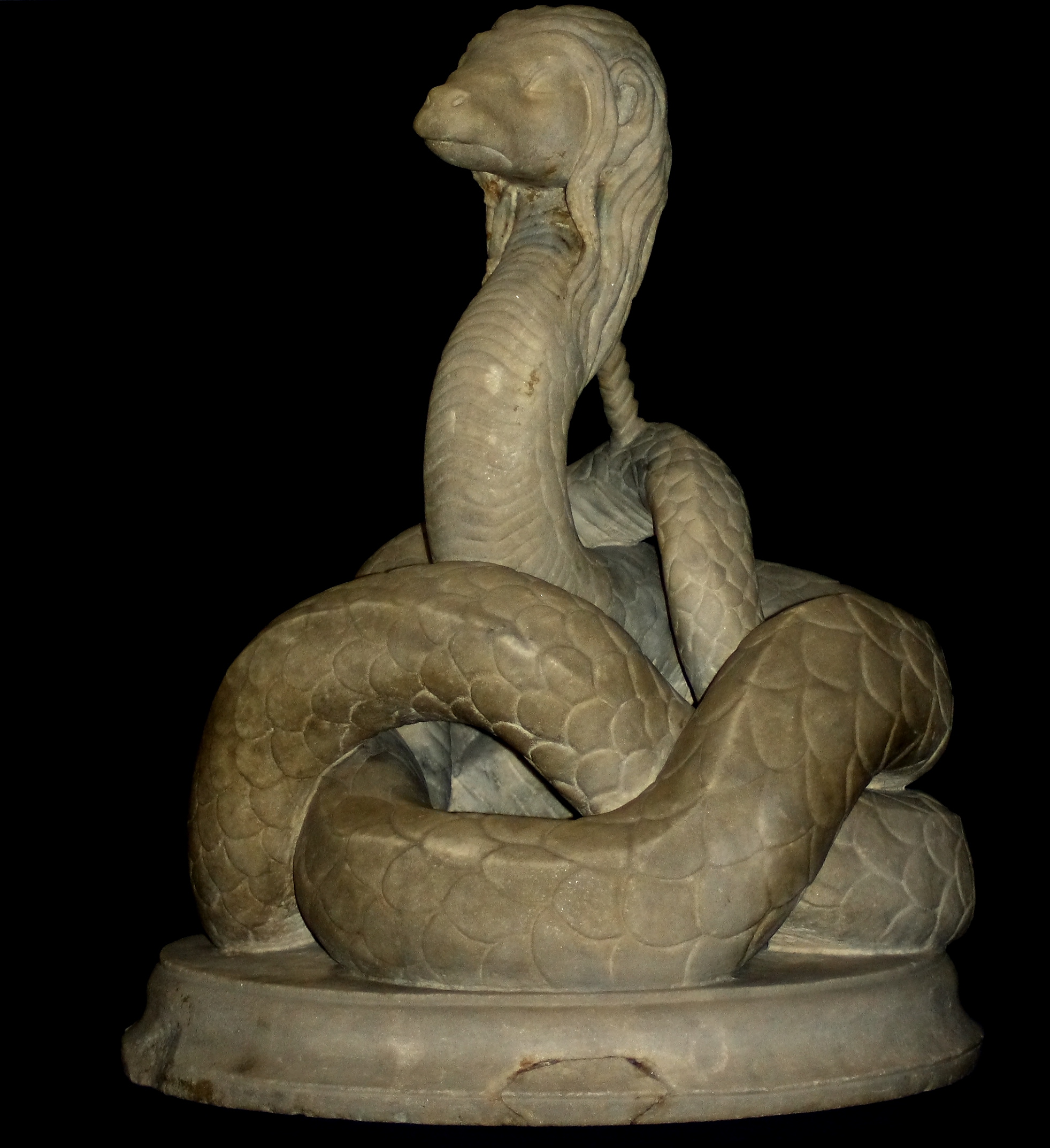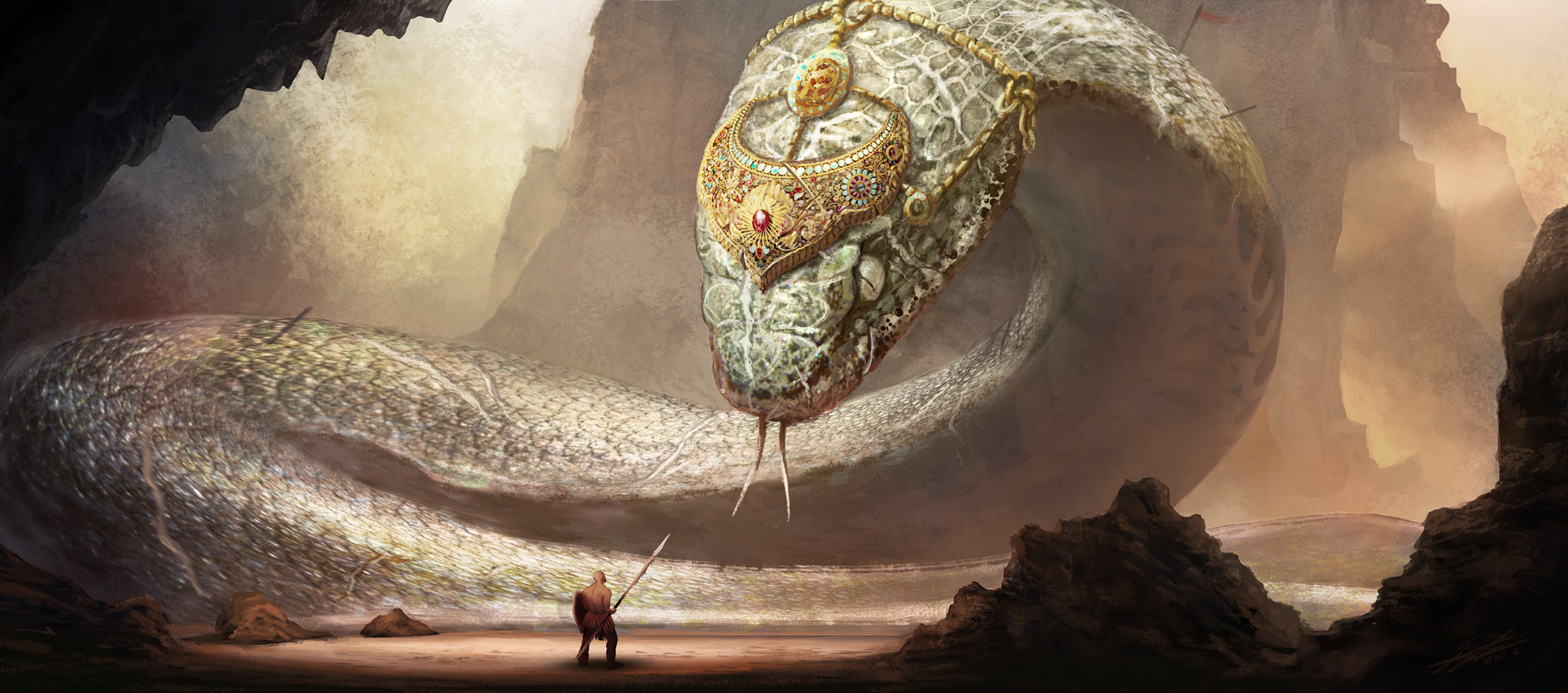Glykon Snake (Glycon Snake) became one of most powerful symbols of Dobrogea and Tomis (initial, Roman name of modern city of Constanţa, Romania).
Presently, it can be viewed and admired in Treasury Room of the Museum of National History and Archaeology in Constanţa. Glykon is also called Fantastic Snake and dates from 2nd Century CE. He was a protective deity of home and family and a god of fertility. His cult was extremely popular for almost half a century in many of provinces of Roman Empire, especially in basin of Pontus Euxinus (Black Sea) and Asia Minor.

Glykon is a strange creature with a lamb’s snout, human hair, a lion’s tail and a snake’s body. If statue could be untangled, specialists maintain that it would be over 16ft long. It is one of 24 pieces of Sculpture Treasury discovered by chance, on April 1, 1962, while rails of old station in Constanţa were being removed.

Interestingly, cult of Glykon became immensely popular in the Roman Empire: coins with his appearance were issued, statuettes were made, he was often mentioned in inscriptions and, most likely, he had his temples and oracles and several seaside towns. However, its glory lasted only a few decades. Cult started to decline around 175 CE, after death of its “prophet”, Alexander of Abonoteichus (who became high priest of cult of Glykon, serpent god); and in 3rd Century CE, it disappeared completely.
#archaeohistories






